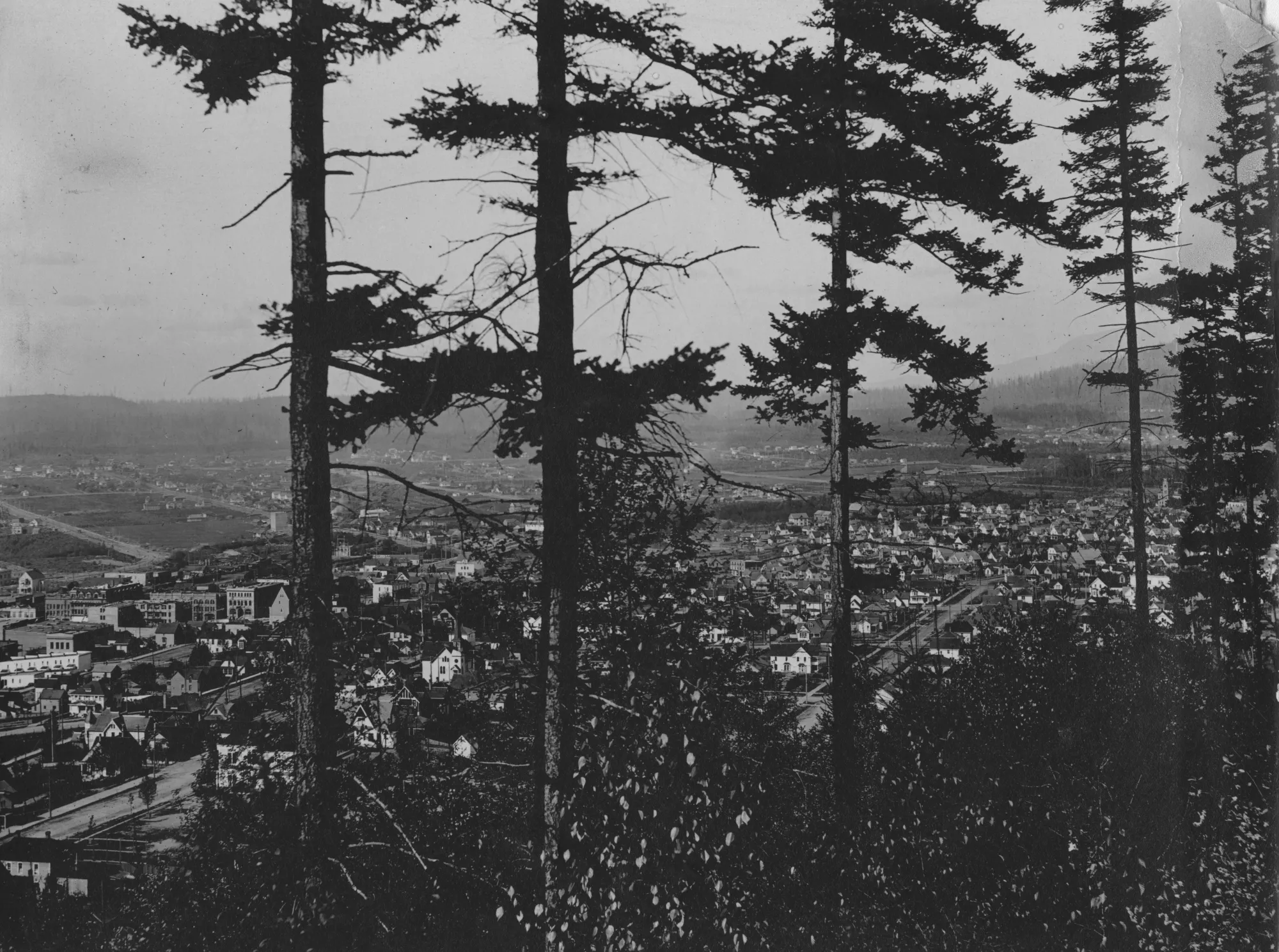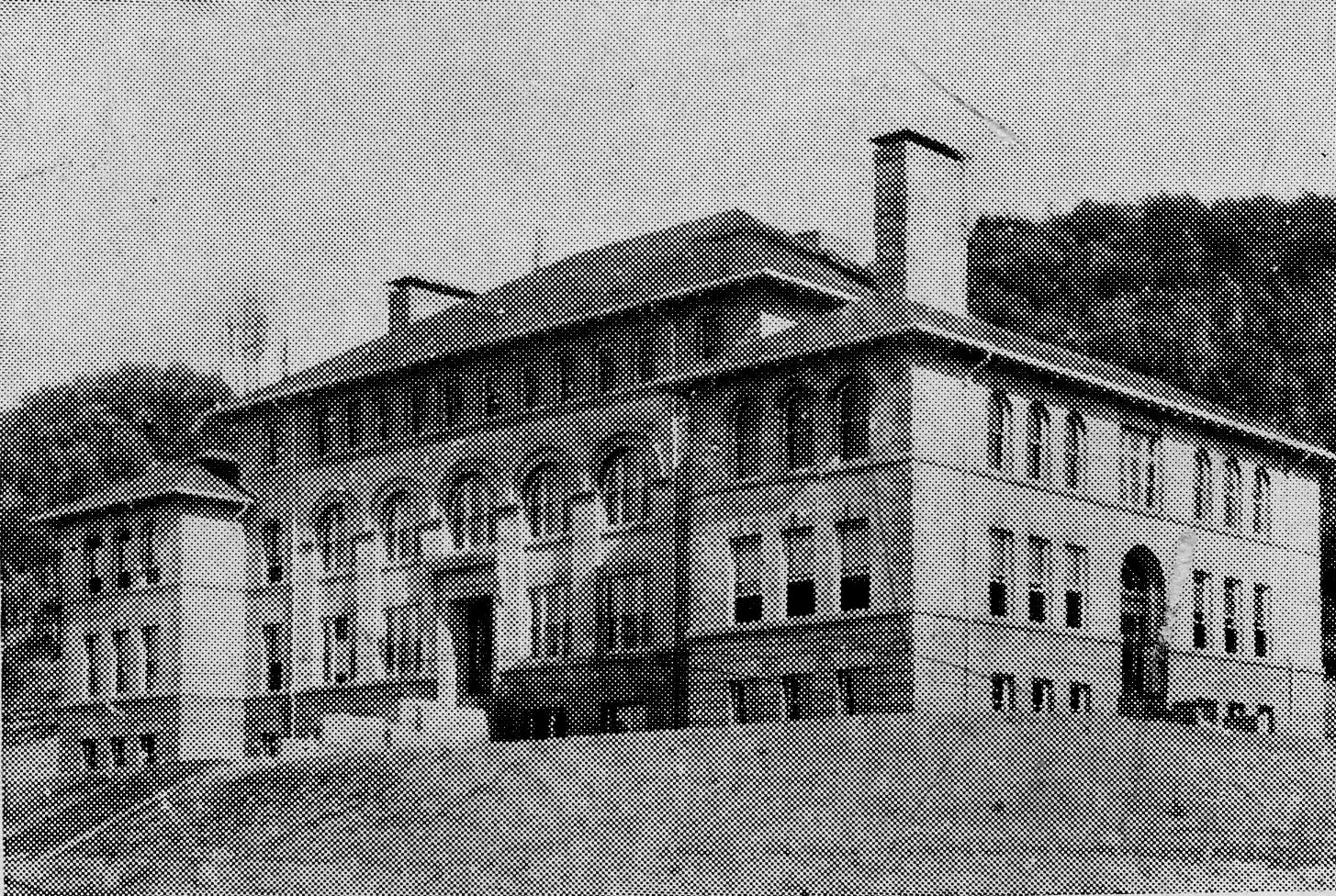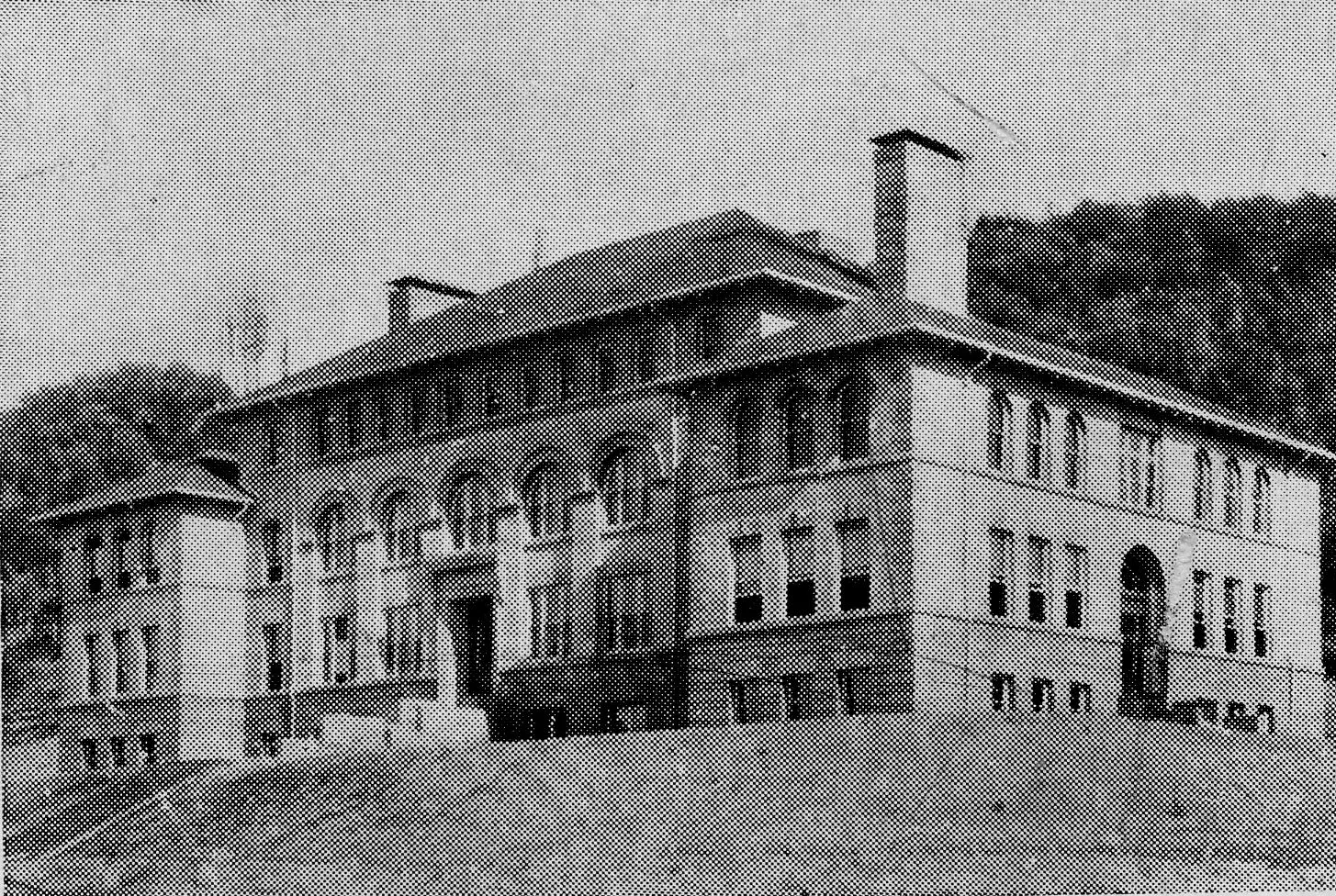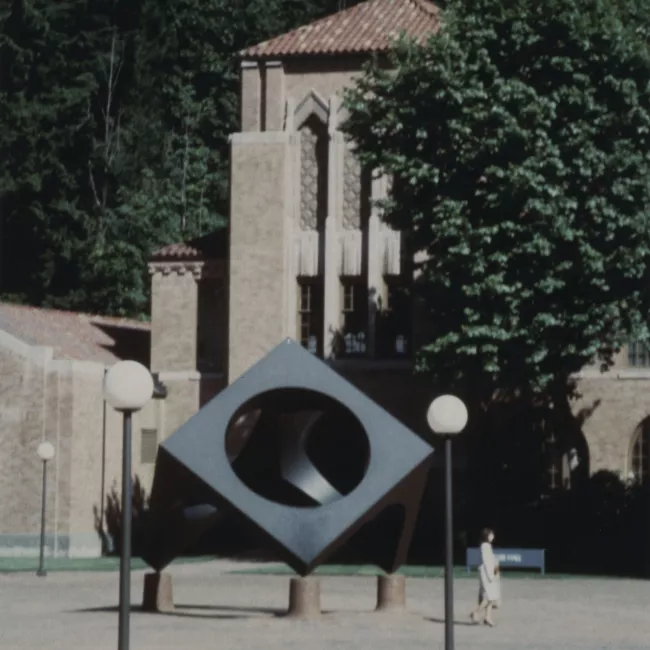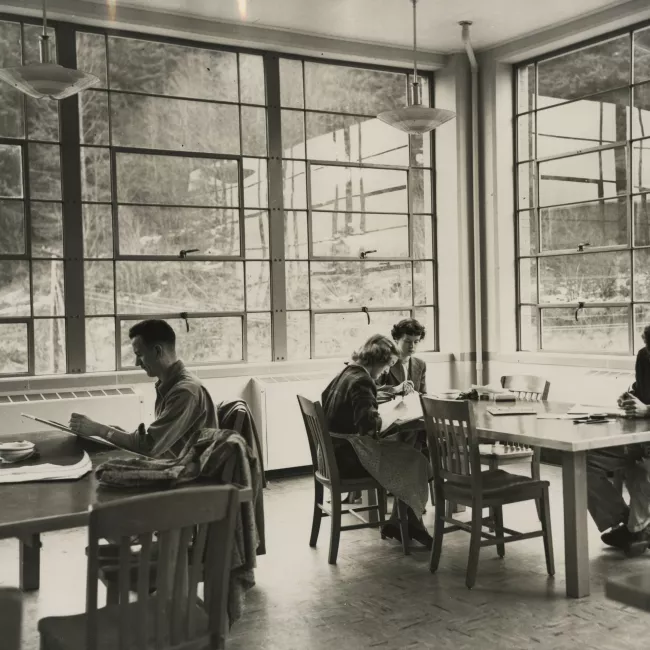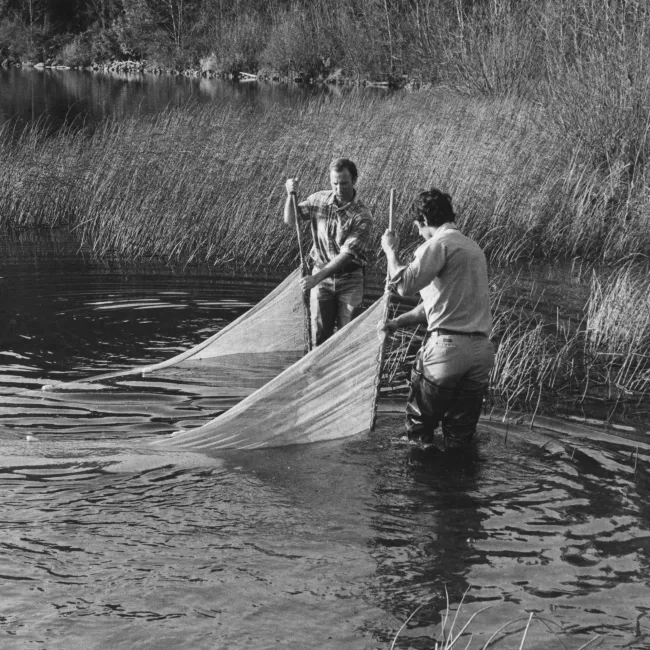The History of Western Washington University
Serving Washington State Since 1893
Western Washington University's early history is closely intertwined with the development of the Pacific Northwest and the region's educational needs.
Founded as a state normal school in the late 19th century, the primary objective was to train teachers for the burgeoning communities of the new state of Washington. The state’s growing need for teachers In the early 20th century fueled new educational opportunities for the young people raised in Washington’s cities as well as farming, timber and fishing communities.
Gov. John McGraw signed legislation on Feb. 24, 1893, establishing the New Whatcom Normal School in the city of New Whatcom, which would later become Bellingham. Community members, including the Bellingham Bay Improvement Company, the Fairhaven Land Company, and the heirs of the Lysle Estate, donated a 10-acre tract of land near Sehome Hill for the new campus.
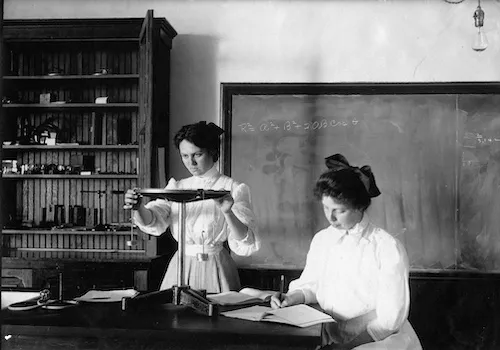
In 1899, the school enrolled its inaugural class of 88 students, mostly women and girls as young as 15 who came to finish their high school diplomas before completing college-level work. Others were experienced teachers or college graduates working on post-graduate level work. Some were children of immigrants who needed language interpreters on the first day of class and enrolled in intensive English language classes.
By the end of the academic year, enrollment had reached 264 students. Students typically lived in spare rooms or rooming houses nearby. Extracurricular activities included literary societies and clubs, hikes along Chuckanut Drive, and trips on Lake Whatcom aboard small steamships.
New Whatcom Normal School was entirely housed in its earliest building, now known as Old Main. The central portion of the building went up in 1896, with additions in 1902, 1907, and 1914, with classrooms, offices, an auditorium, and a small library.
The school’s academic offerings grew and expanded, first to keep up with steeper requirements for teacher certification, and then to support the state’s economy with a wider range of programs. In the 1930s, the normal school began granting bachelor’s degrees in education and expanding offerings in general education. In 1937, the school was renamed Western Washington College of Education, reflecting its broadened scope beyond teacher training.
During the years of the Great Depression and World War II, enrollment levels struggled but academic offerings continued to grow. Students enrolled in Western’s first Bachelor of Arts degree programs in 1947, specializing in subjects other than education. Returning veterans filled campus to capacity again: For the first time, men outnumbered women on campus, and College Hall went up in 1947 as the first men’s dormitory.
The 1960s marked a transformative period for the university. Enrollment surged from 3,000 to over 10,000. Fourteen new buildings were built to accommodate the new students, including Red Square and the buildings surrounding it, the Viking Union, and five residence halls to house the Baby Boomer generation. Faculty developed specialized “cluster colleges” in the ‘60s and ‘70s to provide a more intimate learning environment amid such growth: Fairhaven College, Huxley College (now the College of the Environment), the College of Fine and Performing Arts, the College of Business and Economics, and the College of Ethnic Studies.
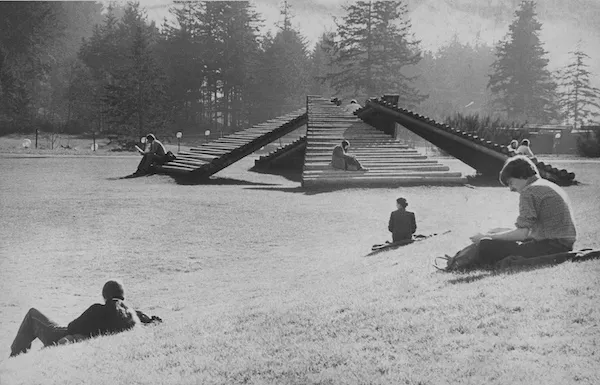
The institution's continual commitment to liberal arts education prompted another name change, to Western Washington University in 1977, reflecting the emphasis on a comprehensive and diverse curriculum.
Today, Western Washington University’s student enrollment is over 14,500, securing its position as the third-largest institution of higher learning in Washington, surpassed only by Washington State University and the University of Washington. Western stands as a respected institution known for its blend of tradition and innovation, offering a wide range of programs while maintaining a strong connection to its historical roots in the Pacific Northwest.
Indigenous Peoples and Lands
Western Washington University's main campus is situated on the ancestral homelands of the Coast Salish Peoples, who have lived in the Salish Sea basin, all throughout the San Juan Islands and the North Cascades watershed from time immemorial. We express our deepest respect and gratitude to our Indigenous neighbors, for their enduring care and protection of our shared lands and waterways.
Western acknowledges the significant role and contributions of Indigenous peoples in our past, present, and future, and we are committed to celebrating their legacy, nurturing a future of inclusivity, and engaging in meaningful partnership.
Visit the Office of Tribal Relations website to learn more about our coordination of the government-to-government relationship between tribes and Western Washington University.
Timeline of WWU’s History
New Whatcom Normal School
1893: The Washington State Legislature passes a bill establishing a State Normal School in the town of New Whatcom (later known as Bellingham) in Whatcom County and considers various building sites.
1895: The Washington State Legislature provides $40,000 to construct a three-story, 36-room building, which comes to be known as “Old Main.” Funding to operate the school, however, would be delayed for several years.
1899: Faced with an immense teacher shortage, the state Legislature appropriates $33,500 for the equipment and maintenance of the school for two years. New Whatcom Normal School opens on Sept. 6 with 88 students. The student body swells to 264 by the end of the academic year.
1900: The first graduating class of six includes Margaret Clark, Florence Griffith, Pauline Jacobs, Emma Myrthaler, Clara Norman, Ruth Pratt, Kate Schutt and Hattie Thompson.
State Normal School at Whatcom/Bellingham
1901: The institution becomes the State Normal School at Whatcom, as the city changes its name. The Campus School opens in Old Main, providing an opportunity for teachers in training to learn their craft.
1903: Edens Hall is built originally as a dining hall and then converted to Western’s first residence hall in 1908. The wood-frame structure was rebuilt in 1921 in the Greek Revival style.
1904: Whatcom and Fairhaven vote to incorporate as Bellingham, and the institution’s name changes once again to Washington State Normal School at Bellingham.
1906: The first student of color, Alma Clark, enrolls. The Alumni Association is established.
1907: The first intercollegiate athletics competitions begin with men’s basketball games with normal schools in Cheney and Ellensburg, and with Gonzaga College in Spokane.
1908: The Students Association is established, known today as the Associated Students of Western Washington University.
1916: The Messenger, the Normal School’s student publication since 1899, becomes a weekly publication.
1922: The Students Association purchases 90 acres on Lake Whatcom they name Normalstadt, now known as Lakewood, Western’s boating and recreation center.
1928: The Normal School’s first free-standing library is built, guided by the school’s first professionally trained librarian, Mabel Zoe Wilson. The Romanesque building was named for her in 1964.
1933: The state grants the Normal School the authority to grant Bachelor of Arts in Education.
1935: The Physical Education opens on what is then the southern end of campus. The building would be renamed for Sanford E. “Sam” Carver in 1960.
Western Washington College of Education
1937: The institution’s name changes to Western Washington College of Education. A four-year education is now officially the standard for students.
1939: President Charles H. Fisher is fired by the board of trustees over the protests of faculty and students. During Fisher’s 15-year tenure, the school grew into a nationally respected teacher’s college. But a small group of community members, including a local newspaper editor and a leader of the Ku Klux Klan, falsely accused Fisher of being a communist, and were eventually successful in persuading the governor to call for his removal.
The college’s annual climb of Mount Baker ends in tragedy when six students, alumni and friends die in an avalanche. A stone patio on the north side of Old Main, made with rocks brought from Mount Baker, is a memorial to the six who died.
1941: Attendance drops nearly 50 percent as the United States enters World War II. By 1943, only 253 students were enrolled. Thirty-eight students died in World War II.
1946: Enrollment doubles and male freshmen outnumber females at Western for the first time as many returning soldiers take advantage of the G.I. Bill.
1947: The Washington State Legislature authorizes the institution the ability to grant both an M.A. in education and a B.A. in liberal arts.
1949: Western turns 50.
1950: The Fine Arts Building opens.
1951: The Music Building is built; it will become the Performing Arts Center following an addition and renovation in 1973. .
1959: Student Bill Wright wins the U.S. Amateur Public Links championship and becomes the first Black person to win a U.S. Golf Association event. The following year, Wright brings home Western’s first individual national title when he wins the NAIA golf championship.
The first section of the Viking Union is completed.
1960: James Fitzgerald’s “Rain Forest” becomes the first item in Western's acclaimed Sculpture Collection.
Western Washington State College
1961: The institution is renamed Western Washington State College. Enrollment exceeds 3,000. Enrollment will continue to soar throughout the decade, which will see 14 new buildings on campus.
1962: Construction begins on the Ridgeway residence halls.
1967: The Campus School closes. Alumni hold fond memories of the school that emphasized hands-on learning – nearly 500 former students would gather for a Campus School reunion in 2007.
1968: Fairhaven College and the College of the Environment (then called Huxley College of the Environment) are founded, continuing Western's trend toward "cluster" colleges. The first Bachelor of Science degree is authorized.
1969: The College of Ethnic Studies, the third of three cluster colleges, is established.
1970: Enrollment exceeds 10,000 for the first time. Civil rights and the Vietnam War fuel student activism on campus. Two days after the killing of four students at an antiwar rally at Kent State University, WWU students protesting the Vietnam War block Interstate 5.
1972: Student-run recycling center established, making Western one of the first universities in the country to have a campus recycling program. The program would inspire several others in the community.
Western receives national recognition for a teacher education and education outreach program in southeast Seattle, one of the college’s first programs outside Whatcom County. A similar program in Everett is recognized in 1973.
1973: The College of Arts and Sciences is established.
1975: The College of Fine and Performing Arts combines art, music and theatre departments.
1976: The College of Business and Economics was established and the Department of Education became the School of Education.
Western Washington University
1977: The institution is renamed Western Washington University.
1978: The College of Ethnic Studies is dissolved and its programs are distributed to other colleges within the university.
1987: The brick walkway that intersects with Memory Walk in front of Old Main is named Alumni Way, paved with commemorative bricks bearing the names of alumni.
1987: WWU President G. Robert Ross and two vice presidents, Jeanene DeLille and Don Cole, are killed when a chartered flight home from a WWU event in Tacoma crashes in Bellingham. Pilot Ty Hardan is also killed.
1988: An addition and renovation of the Fine Arts Building results in a greatly expanded space for the Western Gallery.
1989: The Woodring College of Education is established and named in honor of Distinguished Service Professor Emeritus Paul Woodring.
1993: Western’s Board of Trustees appoint Karen Morse as president, the first woman to lead the university.
1998: The women’s fast pitch team collects Western’s first NAIA national team championship. Western enters NCAA Division II.
1999: Western celebrates its Centennial.
2003: The College of Arts and Sciences divided to form the College of Humanities and Social Sciences and the College of Sciences and Technology.
2005: Students vote for a Renewable Energy Fee to purchase renewable energy credits to offset 100% of campus electricity.
2014: With new engineering programs in the curriculum, the College of Sciences and Technology becomes the College of Science and Engineering.
2016: Sabah Randhawa becomes the first person of color to be president of Western.
2021: Western’s first clinical doctoral program, Doctor of Audiology, graduates its first students. Western’s Board of Trustees approves the name of the College of the Environment.
2023: Woodring College of Education graduates its first Educational Doctorates.
More About WWU’s History
Western Libraries’ Special Collections Campus History Collection documents the history of Western Washington University since its establishment in the fall of 1899. Explore historic printed materials, including campus newspapers, magazines, yearbooks, photos and videos, photographs, and selected campus publications.
Whether you're a student, alum, or just curious about Western’s history, this curated collection lets you connect with WWU's legacy and its lasting contributions.
Visit the Special Collections website
MABEL (Multimedia Archives Based Electronic Library) is a database of collections centered around the past and present of Western Washington University and the Pacific Northwest region. Many still images from the Special Collections Campus History Collection are available to view and download.
MABEL (Multimedia Archives Based Electronic Library) is a database of collections centered around the past and present of Western Washington University and the Pacific Northwest region. Many still images from the Special Collections Campus History Collection are available to view and download.
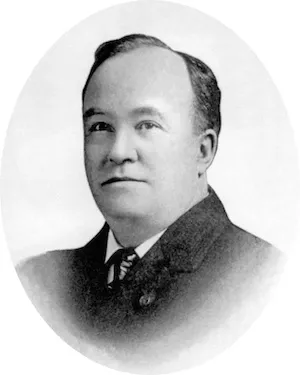
WWU Leadership Through the Centuries
From its establishment in 1893, Western Washington University has been led by a series of presidents, each leaving a distinct imprint on the institution's trajectory.
Join us in tracing the path of visionary presidents who have left an enduring legacy.
